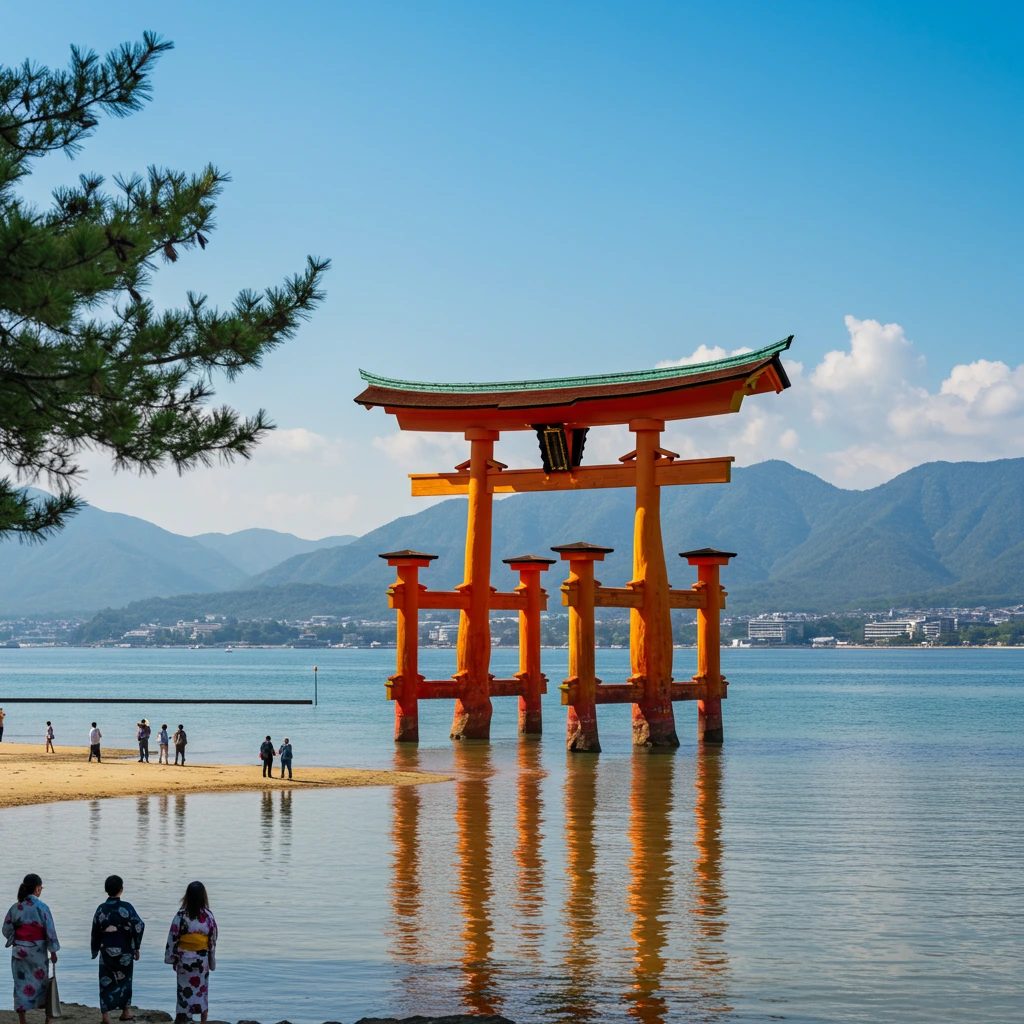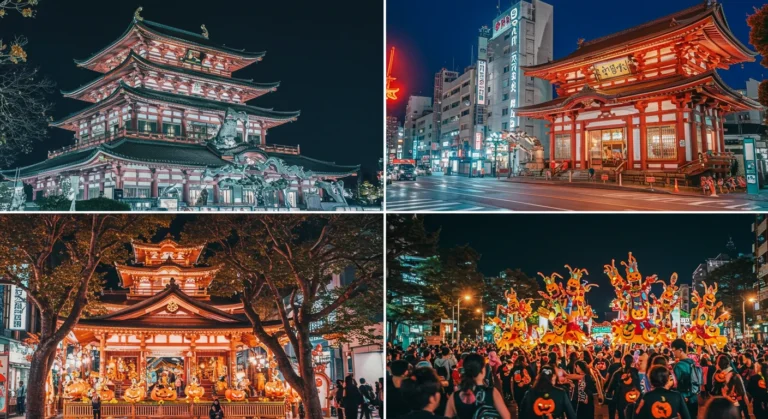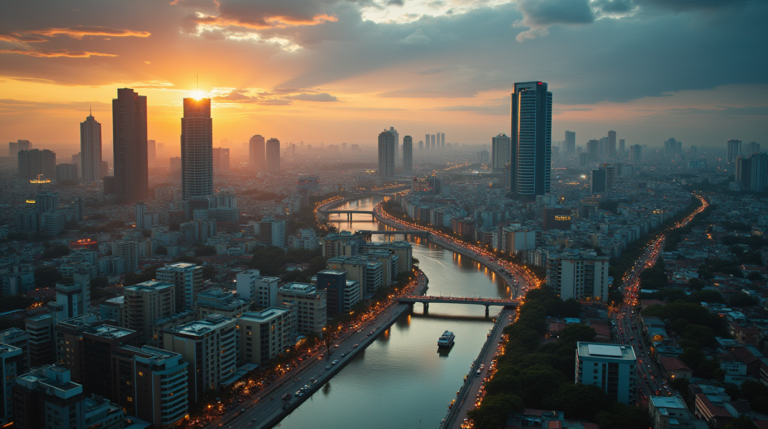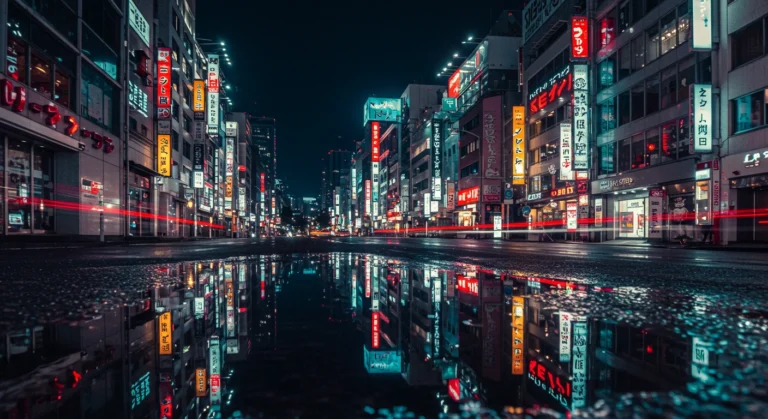top things to do in Hiroshima japan
Table of Contents
Introduction : Top Things to Do in Hiroshima | A Local’s Guide to Japan’s City of Peace
Hey there, fellow travelers! Planning a trip to Hiroshima? You’ve made an excellent choice! This vibrant Japanese city offers so much more than its somber history—though that part is profoundly moving and absolutely worth experiencing. I’ve spent considerable time exploring Hiroshima’s streets, parks, and surrounding areas, and I’m excited to share my favorite spots with you.
Hiroshima beautifully balances its role as a memorial to the past with its identity as a forward-looking, dynamic city full of friendly locals, amazing food, and stunning natural beauty. Ready to discover what makes this place so special? Let’s dive into the top things you absolutely must do when visiting Hiroshima!


1. Visit the Hiroshima Peace Memorial Park and Museum
Let’s start with the obvious, shall we? The Peace Memorial Park is the heart and soul of Hiroshima, and for good reason. Walking through this serene green space where the atomic bomb detonated in 1945 is a humbling experience that stays with you forever.
The iconic A-Bomb Dome (officially called the Hiroshima Peace Memorial) stands as a haunting reminder of that fateful day. This UNESCO World Heritage site was one of the few structures left standing near the hypocenter, and its skeletal remains have been preserved as a symbol of peace.
The Peace Memorial Museum nearby offers a thorough, albeit emotionally challenging, look at the bombing and its aftermath. Personal artifacts, photographs, and survivor testimonies create an unforgettable educational experience. Have you ever wondered how a city recovers from such devastation? The museum answers this question with powerful storytelling and historical context.
Don’t miss the Children’s Peace Monument with its colorful paper cranes, inspired by the story of Sadako Sasaki. The eternal flame also burns brightly here, set to remain lit until all nuclear weapons are eliminated from the world.
Pro tip: Visit the museum early in the morning to avoid crowds and give yourself time to process what you’ve seen. Trust me, you’ll want some quiet reflection time afterward.
2. Take a Ferry to Miyajima Island
Just a short trip from downtown Hiroshima lies one of Japan’s most spectacular sights: Miyajima Island (officially called Itsukushima). This sacred island is home to the famous “floating” torii gate—you know, that iconic orange gate that appears to hover above the water during high tide? Yeah, that’s the one!
Getting there is half the fun. Hop on a ferry from Miyajimaguchi pier (easily reached by train from Hiroshima Station), and enjoy the scenic 10-minute ride across the bay. As you approach, the massive torii gate gradually comes into view, and it’s honestly breathtaking.
Beyond the famous gate, Miyajima offers plenty to explore:
- Itsukushima Shrine: The stunning vermillion shrine complex built on stilts over the water
- Mount Misen: Hike up (or take the ropeway) for spectacular panoramic views of the Seto Inland Sea
- Daisho-in Temple: A peaceful Buddhist temple with fascinating statues and spiritual elements
- Wild deer: These friendly creatures roam freely throughout the island (though please don’t feed them!)
FYI, timing matters here! Check the tide schedules before visiting—high tide gives you the classic “floating” torii view, while low tide lets you walk right up to the gate. Either experience is amazing in its own way.
3. Savor Hiroshima-Style Okonomiyaki
Hungry yet? Because Hiroshima’s signature dish is about to blow your mind! Hiroshima-style okonomiyaki is a must-try culinary experience that locals are fiercely proud of. Unlike its Osaka counterpart (where ingredients are mixed together), Hiroshima-style okonomiyaki features distinct layers, including a thin crepe-like base, cabbage, meat, noodles, egg, and various toppings.
The best place to try this delicacy? Okonomimura (Okonomiyaki Village)—a multi-story building in downtown Hiroshima dedicated entirely to okonomiyaki restaurants! With over 20 different stalls competing for your business, you can’t go wrong. Sit at the counter to watch the chefs work their magic on the sizzling teppan grills.
Ever tried to decide what toppings to get on your pizza? Well, that’s nothing compared to customizing your okonomiyaki! Cheese, oysters, squid, extra noodles—the possibilities are endless. My personal favorite combo includes cheese and extra green onions. Wash it all down with a cold beer for the full experience. 🙂
4. Explore Hiroshima Castle
Also known as the “Carp Castle,” Hiroshima Castle stands as a testament to the city’s resilience. The original castle was destroyed in the atomic bombing, but it has been beautifully reconstructed to match its original 1590s appearance.
The five-story main keep houses a fascinating museum detailing the castle’s history and samurai culture. Climb to the top floor for sweeping views of the city and surrounding mountains. The castle grounds are particularly stunning during cherry blossom season (late March to early April), when locals gather for hanami (flower viewing) parties under the blooming trees.
What I love most about Hiroshima Castle is how it represents both the city’s feudal past and its remarkable recovery. Standing in the peaceful gardens surrounding the moat, it’s hard to imagine the destruction that once leveled this area completely.
5. Stroll Through Shukkei-en Garden
Need a peaceful break from sightseeing? Shukkei-en Garden offers a tranquil retreat right in the heart of the city. Created in 1620, this traditional Japanese landscape garden was designed to represent famous scenery from China and Japan in miniature form (hence its name, which means “shrunken scenery garden”).
Walking paths wind around a central pond, leading you through various carefully crafted vistas. Stone bridges, tea houses, and meticulously pruned trees create picture-perfect scenes at every turn. The garden changes dramatically with the seasons—vibrant cherry blossoms in spring, lush greenery in summer, fiery maple leaves in fall, and serene snow-dusted landscapes in winter.
Take your time here. Sit by the koi pond, watch the fish swim lazily beneath the surface, and let the stress of travel melt away. There’s a lovely tea house where you can enjoy matcha and traditional sweets while gazing out at the garden—an experience that feels quintessentially Japanese.
6. Ride the Hiroshima Sightseeing Loop Bus
Not a fan of walking miles between attractions? The Hiroshima Sightseeing Loop Bus (nicknamed “Meipuru-pu”) is your best friend! These distinctive red buses connect all the major tourist spots in central Hiroshima, making it super easy to navigate the city.
With just one day pass (available on the bus or at the tourist information center), you can hop on and off as many times as you like. The buses run every 30 minutes and have announcements in English, so you won’t miss your stop.
Pro tip: Grab a seat on the right side of the bus when heading toward the Peace Park for the best views along the way. The day pass costs around 400 yen (as of my last visit)—probably the best travel value you’ll find in Japan!
7. Visit the Hiroshima Museum of Art
Art lovers, this one’s for you! The Hiroshima Museum of Art houses an impressive collection spanning from European masterpieces to modern Japanese works. The museum’s circular design guides visitors chronologically through art history, featuring works by Monet, Renoir, Picasso, and Van Gogh alongside prominent Japanese artists.
What makes this museum special is its founding purpose—it was established to help heal the spiritual wounds of Hiroshima’s citizens by exposing them to beautiful art after the devastation of the atomic bomb. That context adds an extra layer of meaning to the experience.
The museum is conveniently located near the Peace Memorial Park, making it easy to include in your itinerary. It’s also relatively compact, so you won’t get the dreaded “museum fatigue” that comes from larger institutions. Perfect for a 1-2 hour visit!
8. Take a Day Trip to Sandankyo Gorge
Ready for some natural beauty? About an hour’s drive from central Hiroshima lies Sandankyo Gorge, one of western Japan’s most spectacular natural attractions. This 16-kilometer ravine features crystal-clear emerald waters, dramatic cliffs, and lush forests.
The hiking trails are well-maintained and suitable for most fitness levels, with wooden walkways hugging the cliffside in the narrower sections. During summer months, you can take a traditional boat ride through the gorge’s narrowest section, known as Kurobuchi.
Fall is particularly magical here, when the maple trees explode in a riot of red, orange, and gold. Seriously, have you ever seen autumn leaves reflected in perfectly clear water? It’s like nature’s own kaleidoscope!
Pack a lunch and make a day of it. There are rest areas along the trail where you can relax and soak in the peaceful atmosphere—a perfect contrast to the bustling city.
9. Sample Local Sake at Saijo
Did you know that Hiroshima Prefecture is famous for its sake? The Saijo district, just a short train ride from Hiroshima Station, is home to numerous traditional sake breweries, many dating back centuries.
What makes Saijo sake special is the exceptionally soft water from the local mountains, which produces a smoother, more delicate flavor profile. Many breweries offer tours and tastings, allowing you to compare different styles and find your favorite.
The annual Saijo Sake Festival in October is absolutely worth planning your trip around if you’re a sake enthusiast. But even outside festival time, the atmospheric old brewery buildings with their distinctive white walls and tiled roofs make for a fascinating cultural experience.
Just pace yourself—sake tasting hits differently than wine tasting, and those small cups add up quickly! :/
10. Experience Baseball Japanese-Style at Mazda Zoom-Zoom Stadium
Sports fan? Even if you’re not, attending a Hiroshima Carp baseball game is an experience like no other. The locals are passionate about their team, and the stadium atmosphere is electric with organized chants, songs, and synchronized fan activities throughout the game.
Mazda Zoom-Zoom Stadium is modern and comfortable, with excellent views from all seats. The concession stands offer typical Japanese stadium fare along with local specialties (yes, including okonomiyaki!).
What makes Japanese baseball unique is the fan culture—each player has their own chant, there are dedicated cheer sections with orchestrated routines, and the seventh-inning stretch involves thousands of fans releasing colorful balloons simultaneously. It’s baseball, but with an unmistakably Japanese twist!
Conclusion: Hiroshima Beyond History
While Hiroshima’s past is undeniably significant, I hope this guide shows you that the city offers so much more than its atomic bomb legacy. Today’s Hiroshima is vibrant, forward-looking, and filled with friendly locals proud to share their culture with visitors.
From peaceful gardens to bustling food markets, historic castles to modern shopping districts, Hiroshima rewards travelers who take the time to explore beyond the headline attractions. The city’s message of peace and resilience permeates everything, creating a unique atmosphere that combines sobering reflection with hopeful optimism.
So pack your bags, bring your appetite for okonomiyaki, and prepare to fall in love with one of Japan’s most welcoming cities. Hiroshima might just surprise you with how quickly it feels like home.
Have you visited Hiroshima before? What were your favorite spots? I’d love to hear about your experiences in the comments below!







